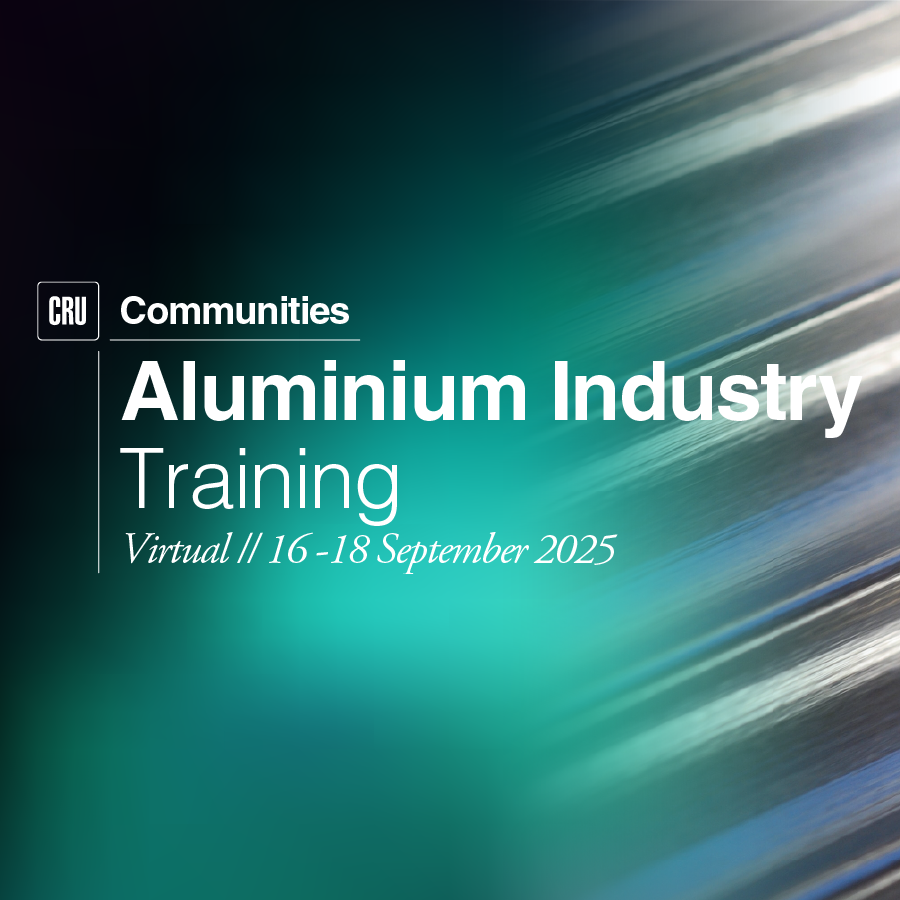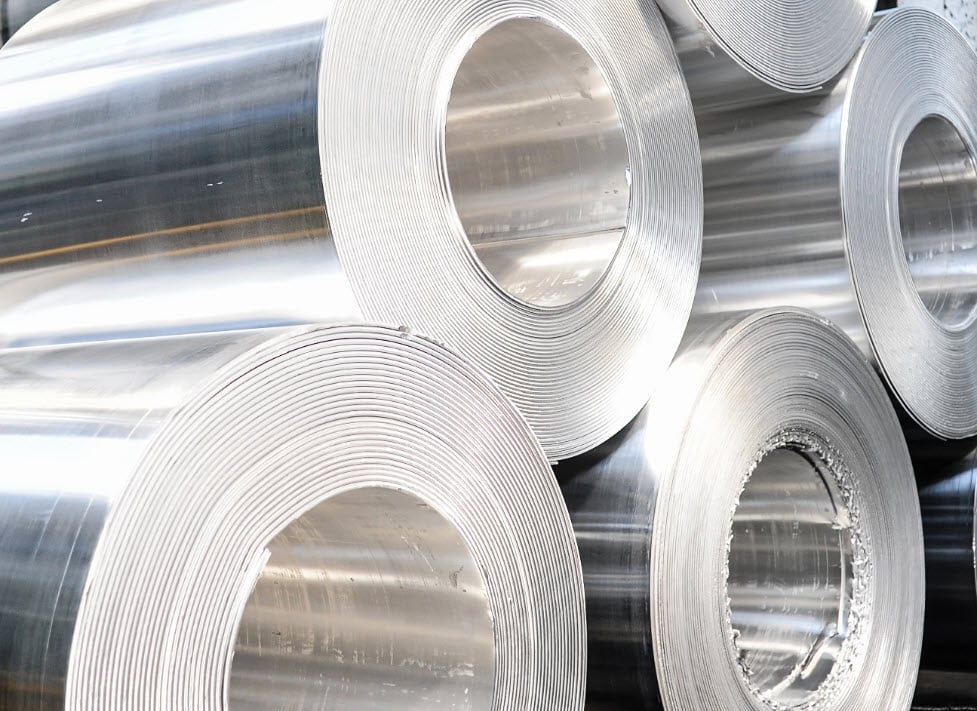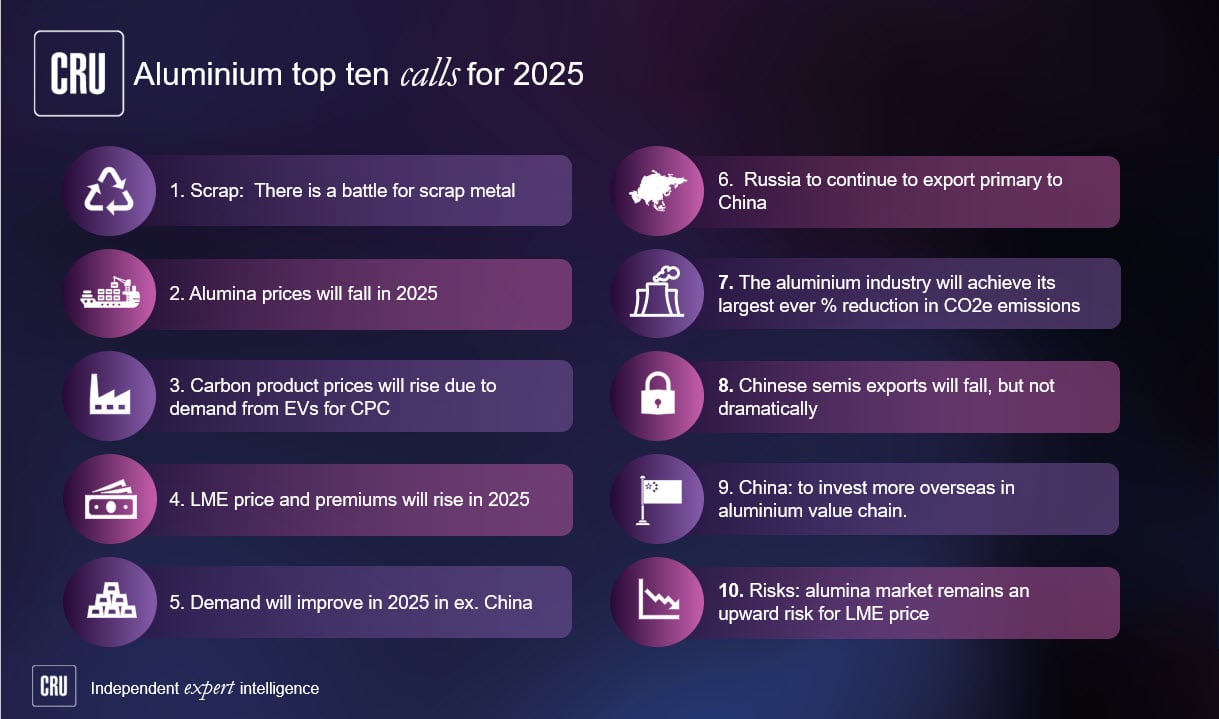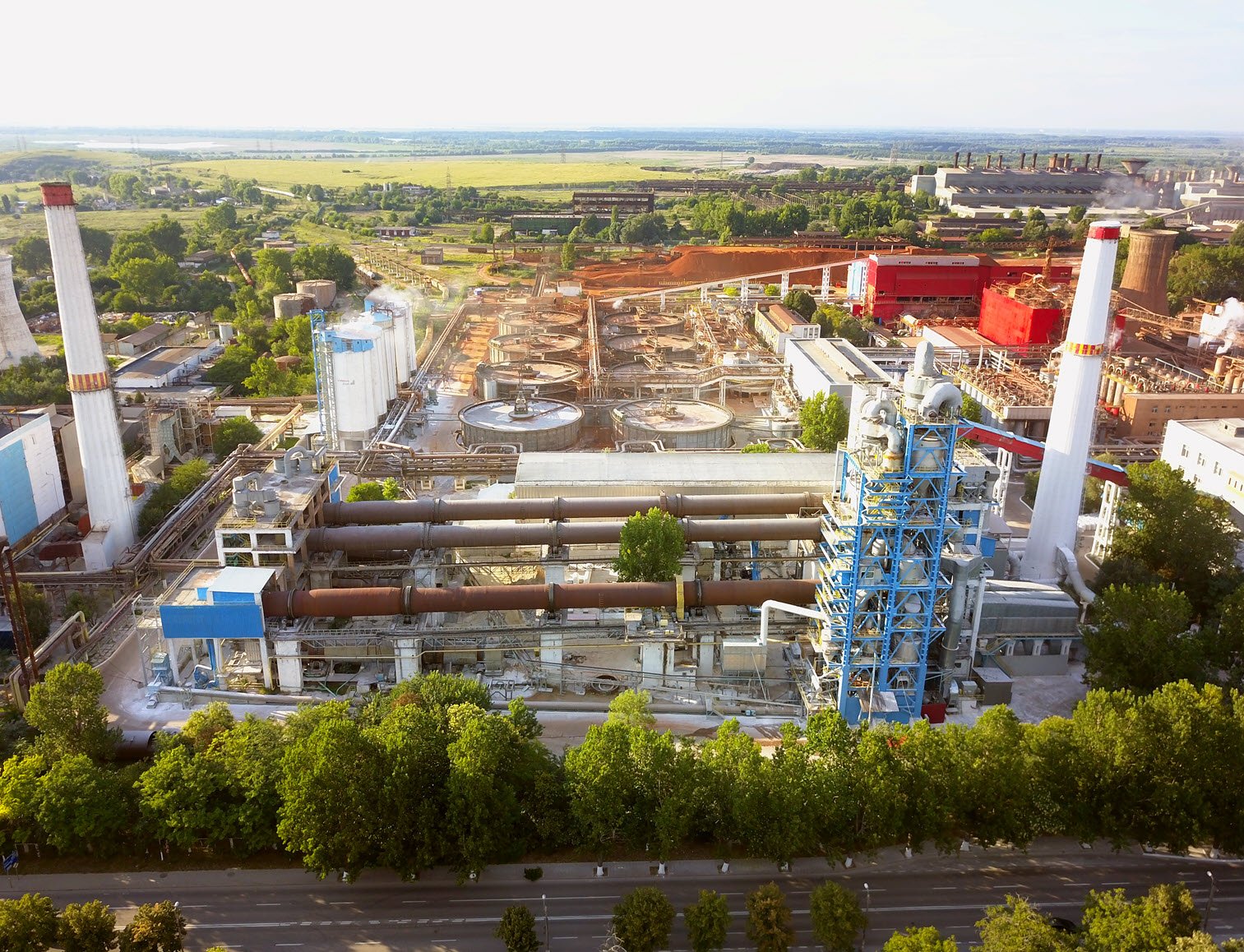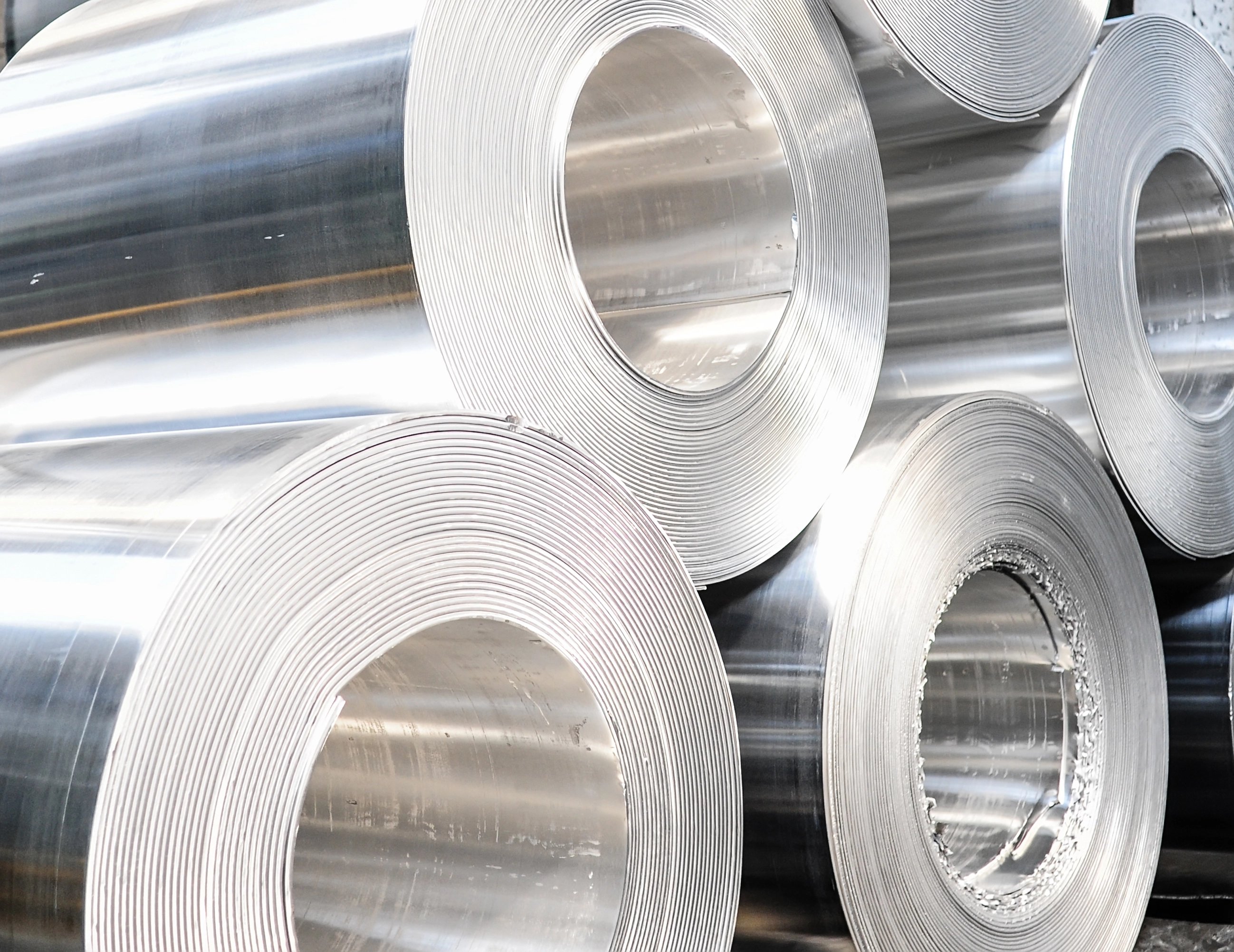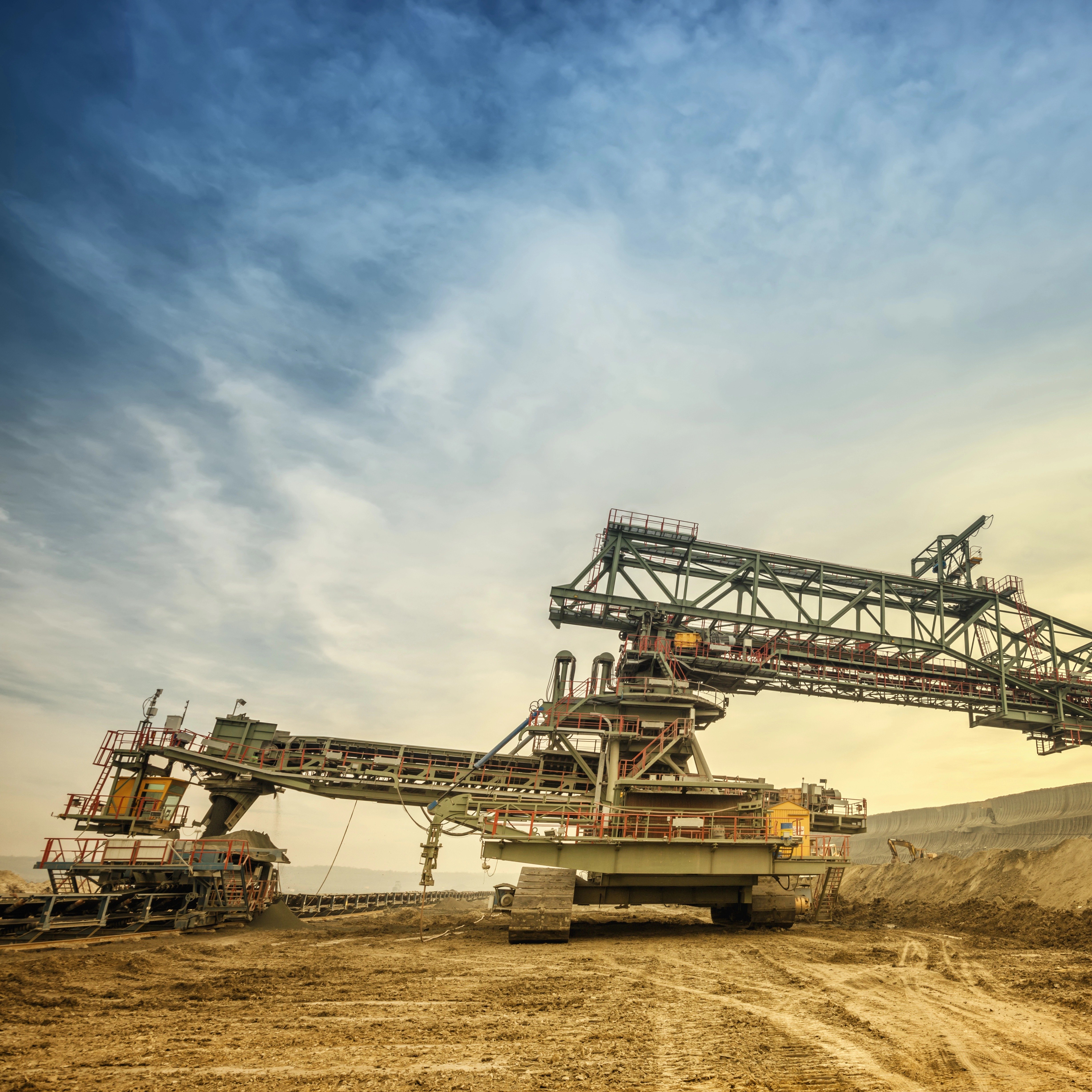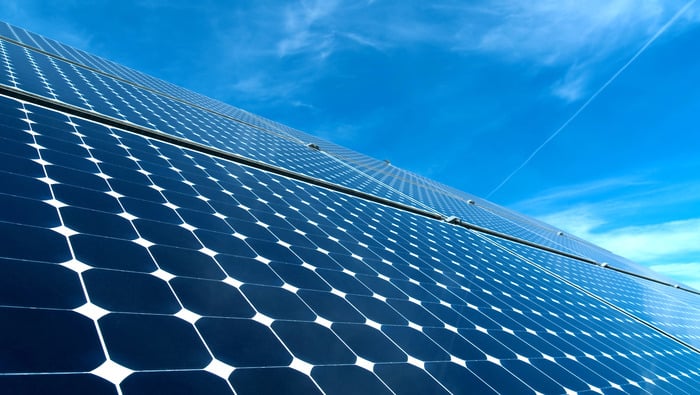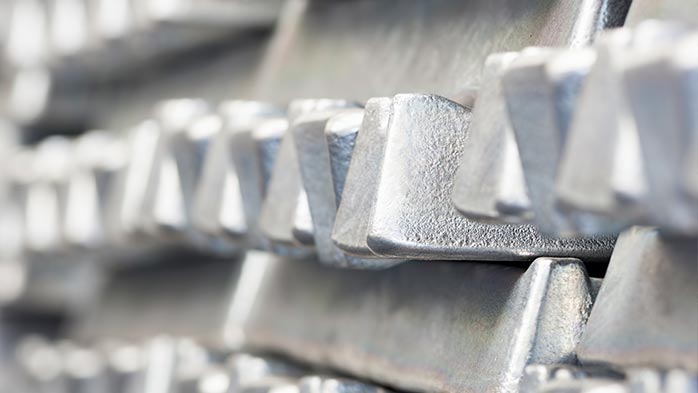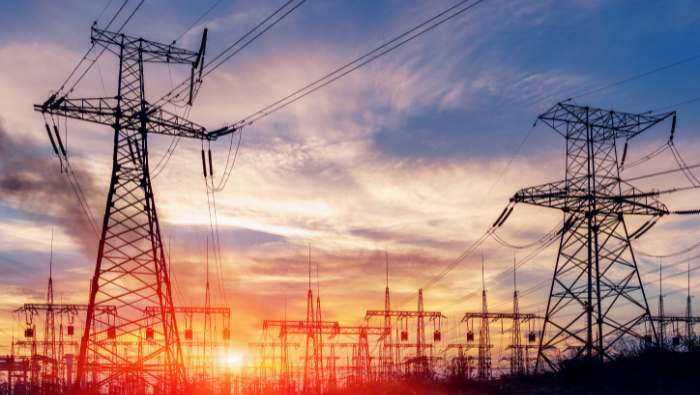Current US MW premiums at 22¢/lb and the billet upcharge, at 18¢/lb, represents a huge rise y/y. UC Rusal, a large producer of billet, has been subject to US sanctions restricting the flow of its metal. And a lockout at Becancour (ABI) has halted billet production.
Current billet netbacks into the US (profit on sale of billet into the US over sale of ingot into the US) are significantly higher than in 2017, as a lack of available metal has decoupled prices from production costs, according to CRU’s improved cost analysis.
For 2019 billet contract negotiations, annual contract premiums could rise by 50% y/y. This price would be a reflection of scarcity but a break away from any cost basis and the subsequent surge in billet profitability.
CRU’s improved casthouse cost estimates now includes more comprehensive analysis of remelt billet production costs and show that secondary billet production is higher cost than primary production due to higher energy costs and melt loss. For buyers and sellers alike this gives an important measure of supplier or competitor cost base.
For this study CRU has considered conditions in the second half of 2018 with US 232 duties in place, MW premiums at 22¢/lb and billet upcharges at 18¢/lb. The billet upcharge has surged higher as the outage at Becancour (ABI) a large billet producer continues, and UC Rusal shipments have been disrupted by US sanctions. Section 232 tariffs are in place and are affecting imports of metal, forcing premiums higher. Imports represent just under 30% of US billet supply.
Australia and Argentina are exempt from these tariffs and as such billet exports to the US become more attractive as they can benefit from higher premiums without paying duties. Currently these countries export small amounts of billets to the US. US smelters and remelters receive a significant boost to their billet netbacks as they don’t face a duty on the billet upcharge. However, US smelters and remelters suffer high conversion costs and as a result billet netback remain lower than other regions. However, these netbacks are still historically high: i.e. when premiums surged in 2014 US producers achieved netbacks less than half of those currently seen.
Also included on the chart is an ingot netback for US primary producers, i.e the profit over production of liquid metal. This has also surged in 2018 as local producers are exempt from tariffs so can keep all of the prevailing US Midwest premium. The fact that billet premiums have risen on top of this suggests that costs have become temporarily decoupled from billet pricing and the disruption of material flowing into the US has led to scarcity pricing. Capital costs for remelt billet producers are low, somewhere between $100-200/t so theoretically in current conditions a greenfield remelter could earn its money back within a year. However, the reasons for the billet scarcity are trade sanctions and a temporary outage, thus new investments in remelt billet capacity are only likely to fill the gap if these issues continue. Additionally, there are limits to the supply of suitable scrap, which could weigh in on remelt competitiveness.
Duties aside, the variation in netbacks by region is largely due to production costs. Billet production costs over ingot at primary smelter casthouses are mostly a factor of labour costs and labour costs also show the largest variance between regions. US labour costs are the highest in the world due to high labour pay rates whereas Russian and Indian smelters have cheaper wage rates in US$ terms. Middle Eastern smelters benefit from economies of scale as large primary billet producers.
The 2018 Aluminium Casthouse Shapes Market Outlook, due to be released in July, contains expanded cost and netback analysis for remelt billet production for key consuming regions. Remelt billet producers suffer higher conversion costs due to the remelt process requiring high energy input and suffering a higher melt loss. If US billet shortages were to continue, it seems likely that US remelters will invest.
The billet upcharge is currently sitting at a level over twice as high production costs for a typical US Midwest remelter. Typically, the margin achieved would have been somewhere around 30% or 40% at a maximum suggesting a decoupling of costs and pricing. This is not sustainable and volumes will return to the market, either from higher imports or new domestic remelt capacity.




